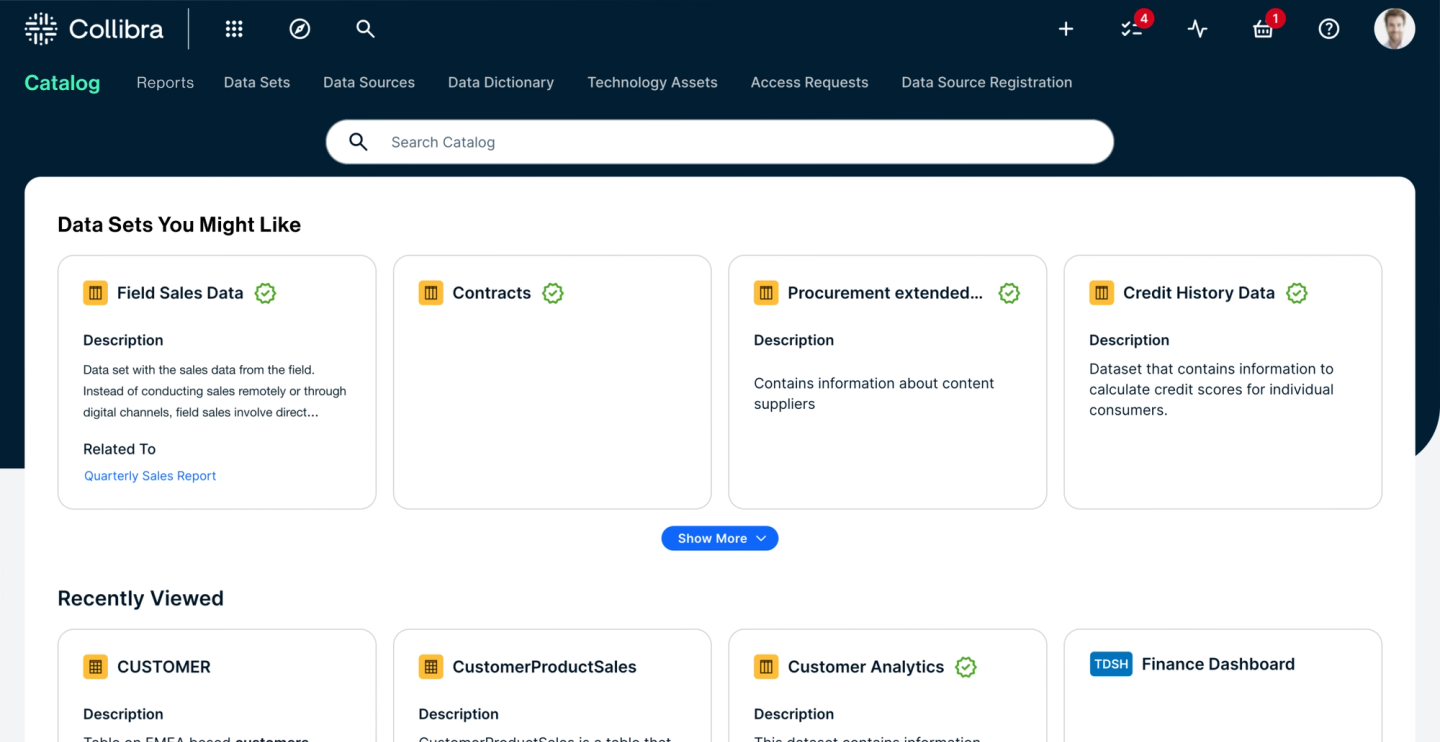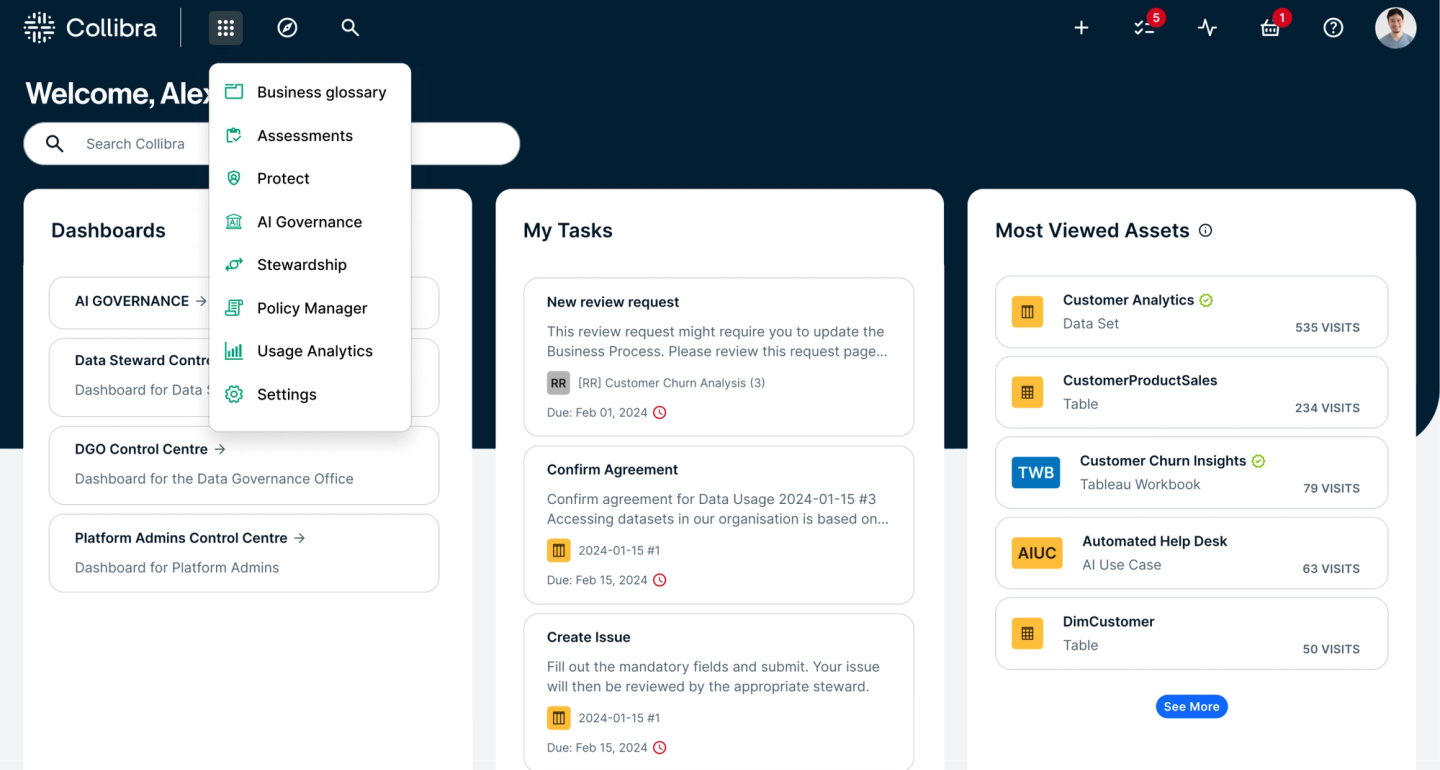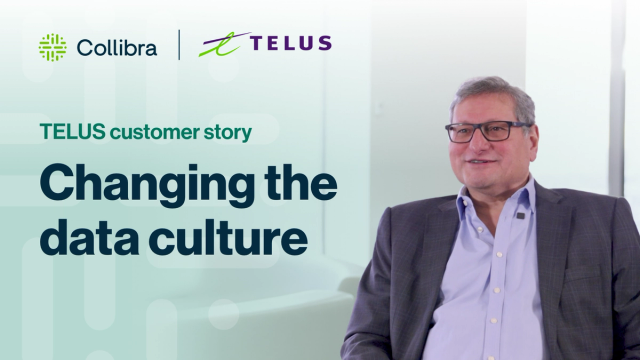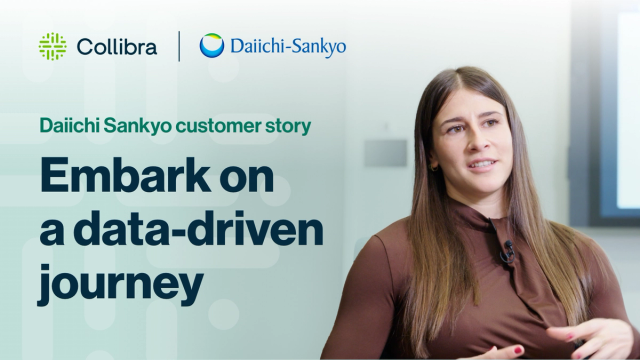AI starts with trusted data


Collibra Data Intelligence Platform
Observe data quality and support data remediation
Find, understand and access data with business-led collaboration
Build transparency and reduce compliance risk with an integrated view of data
Collaborate around and manage AI use cases
Enterprises across the globe rely on Collibra for their data intelligence
What’s new
Ready to do more with trusted data?
Get started today.
-
Take a tour
Explore our platform with an interactive tour to experience how Collibra enables you to do more with trusted data.
-
Request a demo
Speak one-on-one with a Collibra expert and get a personalized demo of the Collibra Data Intelligence Platform.
-
Start a free trial
Install Collibra Data Quality & Observability in your own environment and try it with your own data for 20 days at no cost.











































